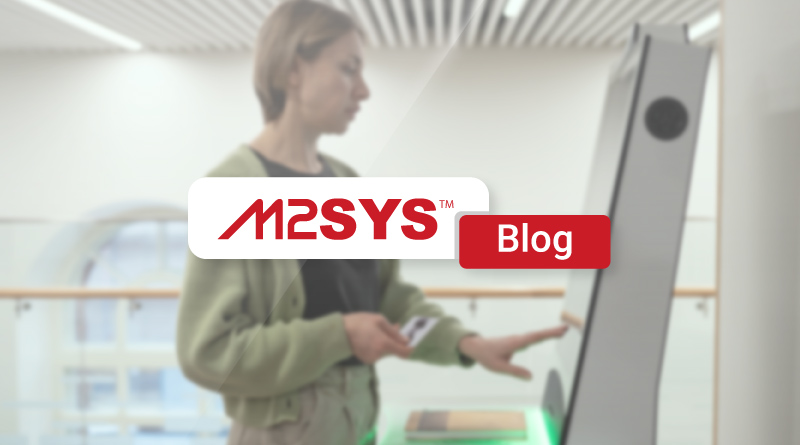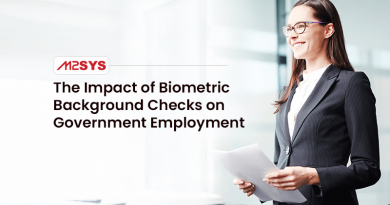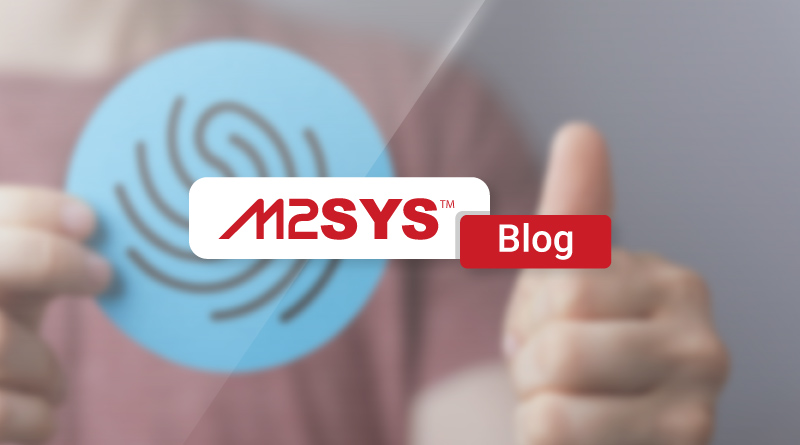24/7 Public Information Access Eases Citizen Support Bottlenecks
Government agencies are using conversational AI to tackle citizen support bottlenecks. This technology provides 24/7 access to public information, enhancing citizen engagement and operational efficiency. By automating tasks and offering multilingual support, AI improves service delivery and builds trust with citizens.
TL;DR
- Government agencies are using conversational AI to provide 24/7 access to public information, reducing wait times and improving citizen support.
- M2SYS Conversational AI Assistant for Government automates routine tasks, allowing employees to focus on complex issues and enhancing citizen engagement.
- AI technology offers multilingual support, ensuring accessibility for all citizens and building trust through consistent, clear communication.
- By automating processes like scheduling and permit requests, conversational AI increases efficiency and improves the citizen experience.
- In emergencies, AI provides real-time updates, helping citizens make informed decisions.
- Case studies in Yemen, Nigeria, and Turkey show M2SYS's impact in modernizing government services and enhancing security.
- As demand for digital services grows, adopting conversational AI positions agencies as innovative and responsive to citizen needs.
Discover how M2SYS can transform your government services with conversational AI. Contact us today to learn more.
Government agencies are increasingly leveraging technology to address the challenges of citizen support bottlenecks. Limited office hours often lead to long wait times and frustration for citizens seeking information or assistance. Enter conversational AI, a solution that offers 24/7 access to public information, alleviating the strain on government services. This technology enables citizens to obtain accurate and timely information at any hour, allowing government employees to concentrate on more complex tasks.
Conversational AI is a technology that can naturally understand and respond to human language. Its growing use in government operations is transforming how citizens interact with government services. A prime example is the M2SYS Conversational AI Assistant for Government, which provides continuous support and automates routine tasks that previously required human intervention.
One significant benefit of implementing conversational AI in government is the enhancement of citizen engagement. By delivering consistent and clear responses, AI builds trust and strengthens the relationship between citizens and government entities. Additionally, with multilingual support, this technology ensures that services are accessible to everyone, regardless of language.
Conversational AI also streamlines operations by automating tasks such as scheduling appointments or processing permit requests, reducing paperwork and accelerating service delivery. This not only increases government efficiency but also improves the overall citizen experience.
In times of emergencies or crises, having access to timely information is vital. Conversational AI plays a crucial role by providing real-time updates and accurate information, aiding citizens in making informed decisions during critical situations.
Several case studies demonstrate the impact of M2SYS in action. In Yemen, M2SYS collaborated with the Supreme Commission of Elections and Referendum to modernize the electoral process, creating a voter database for approximately 14 million citizens, which helped reduce disputes and build public trust in elections.
In Nigeria, M2SYS partnered with the Nigerian Communications Commission to establish a nationwide citizen registration system. This initiative registered biometric details for over 140 million mobile users, helping to prevent fraud and ensure regulatory compliance.
Similarly, in Turkey, M2SYS contributed to developing a new national ID system, enabling the issuance of smart ID cards to over 80 million citizens. These examples illustrate how M2SYS delivers scalable tech solutions that enhance services and facilitate secure, data-driven decisions.
Looking forward, the demand for fast and reliable digital government services is expected to grow. Consequently, more government agencies are likely to adopt conversational AI. Investing in this technology positions them as forward-thinking and responsive to evolving citizen needs.
The M2SYS Conversational AI Assistant for Government exemplifies this vision, offering a comprehensive solution to common challenges like limited office hours, high inquiry volumes, and manual errors. By automating and enhancing government operations, this AI-powered platform not only reduces service delivery bottlenecks but also elevates the public service experience.
In conclusion, the implementation of conversational AI in government services marks a significant step towards modernizing access to public information. By providing 24/7 support, enhancing citizen engagement, and improving operational efficiency, this technology addresses key challenges faced by government agencies today. As more agencies embrace AI-driven transformations, the potential for improved service delivery and increased citizen satisfaction is immense. Conversational AI is not merely a tool for better efficiency; it is a catalyst for fostering a more engaged, informed, and empowered citizenry.
How-To Guide: Implementing Conversational AI in Government
Step 1: Assess Your Agency's Needs
Begin by evaluating the specific needs and challenges faced by your agency. Identify areas where citizen support is bottlenecked, such as high inquiry volumes, limited office hours, or manual errors in service delivery.
Step 2: Explore AI Solutions
Research and explore AI solutions that match your agency's requirements. The M2SYS Conversational AI Assistant for Government offers comprehensive features tailored to streamline operations and enhance citizen engagement. For more information, explore how AI enhances government workflows in our Streamlining Digital Governance Solutions for Modern Challenges article.
Step 3: Implement and Customize the AI Platform
Work with AI solution providers to implement and customize the platform to fit the specific workflows and processes of your agency. Ensure integration with existing systems to maximize efficiency and service delivery.
Step 4: Train Staff and Test the System
Provide training for staff members to effectively utilize the AI platform. Conduct comprehensive testing under various scenarios to ensure reliability and accuracy in responses.
Step 5: Monitor and Optimize Performance
After deployment, continuously monitor the AI system's performance and collect feedback from both citizens and staff. Use this data to optimize and improve the system's functionality over time.
Step 6: Stay Informed on AI Developments
The field of AI is rapidly evolving. Stay updated with the latest advancements and consider upgrading or expanding AI functionalities to meet emerging demands. For updates and developments, visit Accelerate Government Projects with AI Integration Tools.
Frequently Asked Questions
What is the M2SYS Conversational AI Assistant for Government?
The M2SYS Conversational AI Assistant is an advanced digital platform designed to improve interactions between citizens and government agencies. It provides 24/7 access to information, automates routine tasks, and enhances operational efficiency in government services.
How does conversational AI improve citizen engagement in government services?
Conversational AI facilitates enhanced citizen engagement by offering consistent and clear responses, thereby building trust and fostering a stronger relationship between citizens and government entities. With features like multilingual support, it makes government services more inclusive and accessible. To learn more about how AI is transforming citizen engagement, read our article on Automated Citizen Engagement.
What are some benefits of using conversational AI in government operations?
Conversational AI reduces wait times, eliminates manual errors, and ensures efficient handling of high inquiry volumes. It streamlines processes such as appointment scheduling and permit requests, thereby accelerating service delivery. Discover more about the benefits of AI in digital governance by visiting Enhancing Digital Government Services for Citizens.
Can conversational AI assist during emergencies or crises?
Yes, conversational AI plays a critical role during emergencies by providing real-time updates and accurate information. It helps citizens make informed decisions when it matters most, reinforcing the responsiveness of government agencies.
Where can I learn more about AI solutions for government projects?
For more insights into the use of AI in government and how it accelerates project implementations, please visit our detailed guide on Use Of AI in Government Software Development Projects.










